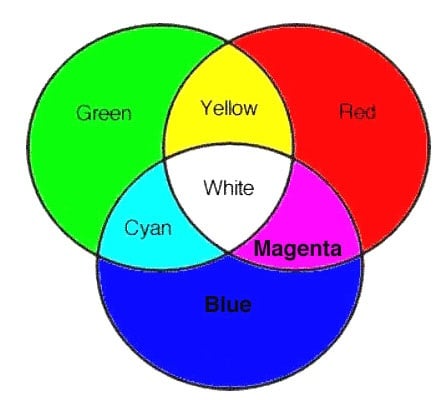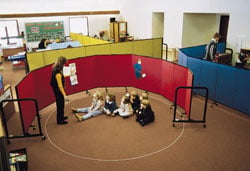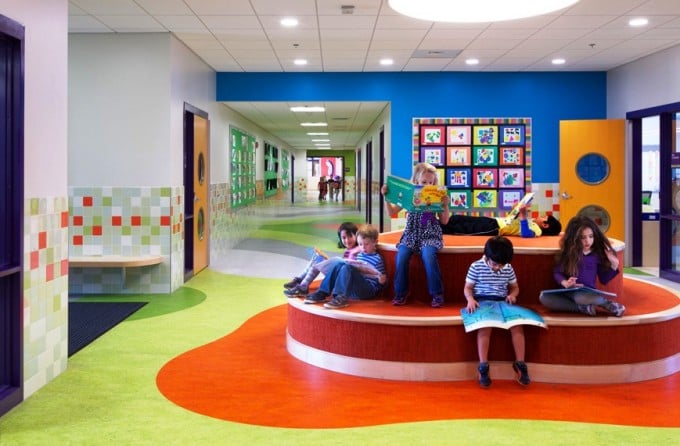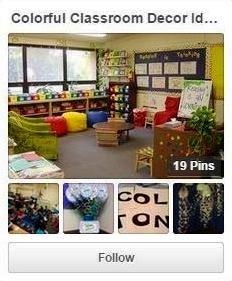How Color Affects Learning, Eye Fatigue, Productivity And Energy
Market: Education
 As an educator, teaching children can be a bit like herding cats. Their minds, their mouths, and even their bodies will run around to and fro; with having never listened to a word you said. It can be difficult to keep children interested in your lesson, especially when you’re competing against biology itself.
As an educator, teaching children can be a bit like herding cats. Their minds, their mouths, and even their bodies will run around to and fro; with having never listened to a word you said. It can be difficult to keep children interested in your lesson, especially when you’re competing against biology itself.
The human mind is a tricky thing. We like to pretend that we have complete control over our thoughts and actions, but there are myriad of different mitigating circumstances that guide our behaviors. When we’re hungry, we get grumpier. When we’re tired, our focus and concentration plummet. It seems we’re not quite the mental masters we believe ourselves to be.
Luckily for us, our capacity for reason has given humanity a leg up on our own bodies, and science has given us a way to trick ourselves into becoming more helpful and productive. As an educator, science can be your best friend. One of the ways you can get your children back on track to paying attention and learning is through the clever use of color.
Color is more than just hues and shades; color is part of the electromagnetic spectrum. Each color has its own wavelength, and each color interacts with the brain differently. Color can connect neural pathways and reopen ones that have been long ignored. Most importantly, color can have a profound effect on learning. Here are some of the ways how color affects learning, and how you can change your classroom to maximize performance:
How Color Affects Learning
Eye Fatigue Relief 
Is your class struggling to focus? Are there eyes looking dilated and strained? Your class might suffer from eye fatigue. In much the same way you can hurt your eyes while staring at a computer screen, so too can you strain your eyes from focusing on a task for too long. Eye fatigue can negatively affect your vision and your cognitive processes. Walls that are colored beige or oyster white can relieve eye strain and improve your ability to focus.
Increased productivity and energy
Studies have shown that properly color coordinated environments can help reduce mistakes by 28 percent. They also show that blank, colorless, walls can create a sense of monotony; and that it can foster depression and cause individuals to withdraw emotionally. Avoid having a classroom that’s all white.
Strong colors like red or orange can make an individual energetic and ready to take on a task, but use those colors sparingly. Overstimulation from color can lead to disruptive behavior and muddled thoughts. If you want to foster tranquility and increased focused, use soft hues of green and blue.
Different Shades For Different Levels of Development
Surprisingly enough, as we age, different shades of color can have different effects on our cognitive process. For example, warm bright colors have a complementary effect on the minds of elementary school-aged children. Conversely, cool hues of the same colors will have a more positive effect on middle and high school students.
When planning a color scheme it is important to strike the right balance between over stimulated and under-stimulated. It can be difficult at first but as time goes on you’ll get a better feel for how you should adjust the color in your classroom.
If you want to play around with different color schemes without committing to painting the walls, experiment with multiple room dividers. It just so happens that I know a wonderful place where you can purchase room dividers and I hear they come in a wide variety of colors.
It’s hard being a teacher. Getting children to focus can be an uphill battle sometimes, and if you’re like me, anything that I can do to get my kids focused is warmly welcomed. Colors are a great way to foster a better learning environment and should be incorporated into lessons as much as possible.
Even if you can’t change your classroom’s color, you can still use different colored fonts or markers to catch their eye. You can even turn your color project into a classroom project; students love to be involved with decisions, especially if it means they get to experiment.
While changing the color in your classroom is not a magic bullet, it’s definitely worth a try. If you’d like a little more inspiration, check out Screenflex’s Colorful Classroom Decor Ideas Pinterest board for more ideas or leave a comment if you’d like to share your ideas!


